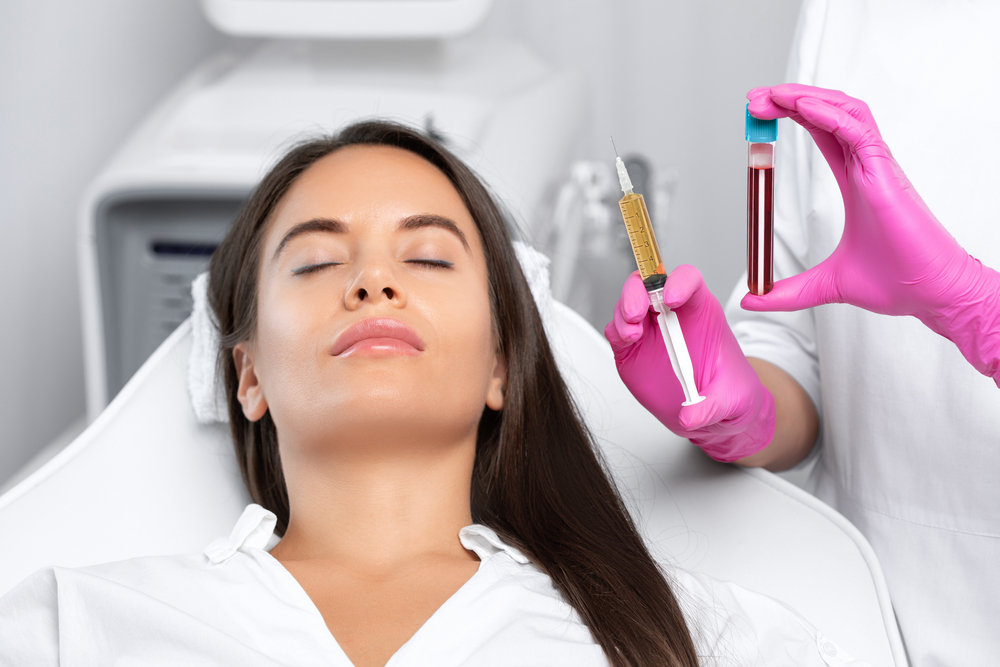Plasma Rich Treatment (PRP) has gained popularity in recent years as a cutting-edge medical procedure that harnesses the body's natural healing power. This innovative treatment involves using a patient's own blood to extract the plasma, which is then injected back into the body to promote healing and stimulate tissue regeneration.
The science behind PRP treatment lies in the concentration of platelets found in the plasma. Platelets are responsible for blood clotting and contain proteins known as growth factors that aid in repairing damaged tissues. By isolating and injecting a high concentration of platelets into the injured area, PRP therapy can accelerate the healing process.

To perform PRP treatment, a small sample of the patient's blood is drawn and placed in a centrifuge. The centrifuge spins at high speed, separating the platelets and plasma from the rest of the blood components. The concentrated platelet-rich plasma is then injected back into the injured area, such as joints, tendons, or muscles.
PRP therapy has been used for various conditions, including sports injuries, osteoarthritis, and chronic tendonitis. It has shown promising results in reducing pain, promoting tissue repair, and improving function. Many athletes have turned to PRP as a non-surgical option for treating injuries and returning to sports quicker.
One of the advantages of PRP therapy is its safety profile. Since the plasma is derived from the patient's own blood, there is minimal risk of adverse reactions or rejection. Additionally, PRP treatment is minimally invasive and can often be performed on an outpatient basis.
